According to CNN, there are only about 50 people in the world who can operate planes here.
The airport is located between two mountain peaks, requiring skillful techniques and a strong spirit.
Paro International Airport in Bhutan, known as one of the most difficult airports in the world to land on, presents a challenge for pilots. Located at an altitude of more than 5,400m between two mountain peaks, the airport requires skilled techniques and strong nerves from the pilots.
In this terrain, pilots also cannot use the enhanced ground proximity warning system (EGPWS) - a safety system that gives advance warning of possible ground collisions or obstacles like at other airports.
This uniqueness not only makes Paro an unforgettable destination but also creates a strange attraction for the journey to explore Bhutan - a small but culturally rich country in the Himalayas, home to about 800,000 residents.
With a runway length of just 2,265m, Paro airport cannot handle large jets. However, for aviation enthusiasts, the challenge is the attraction, providing an opportunity to witness the excellent skills of pilots in controlling aircraft amid the majestic scenery of the land known as the "Land of the Thunder Dragon".
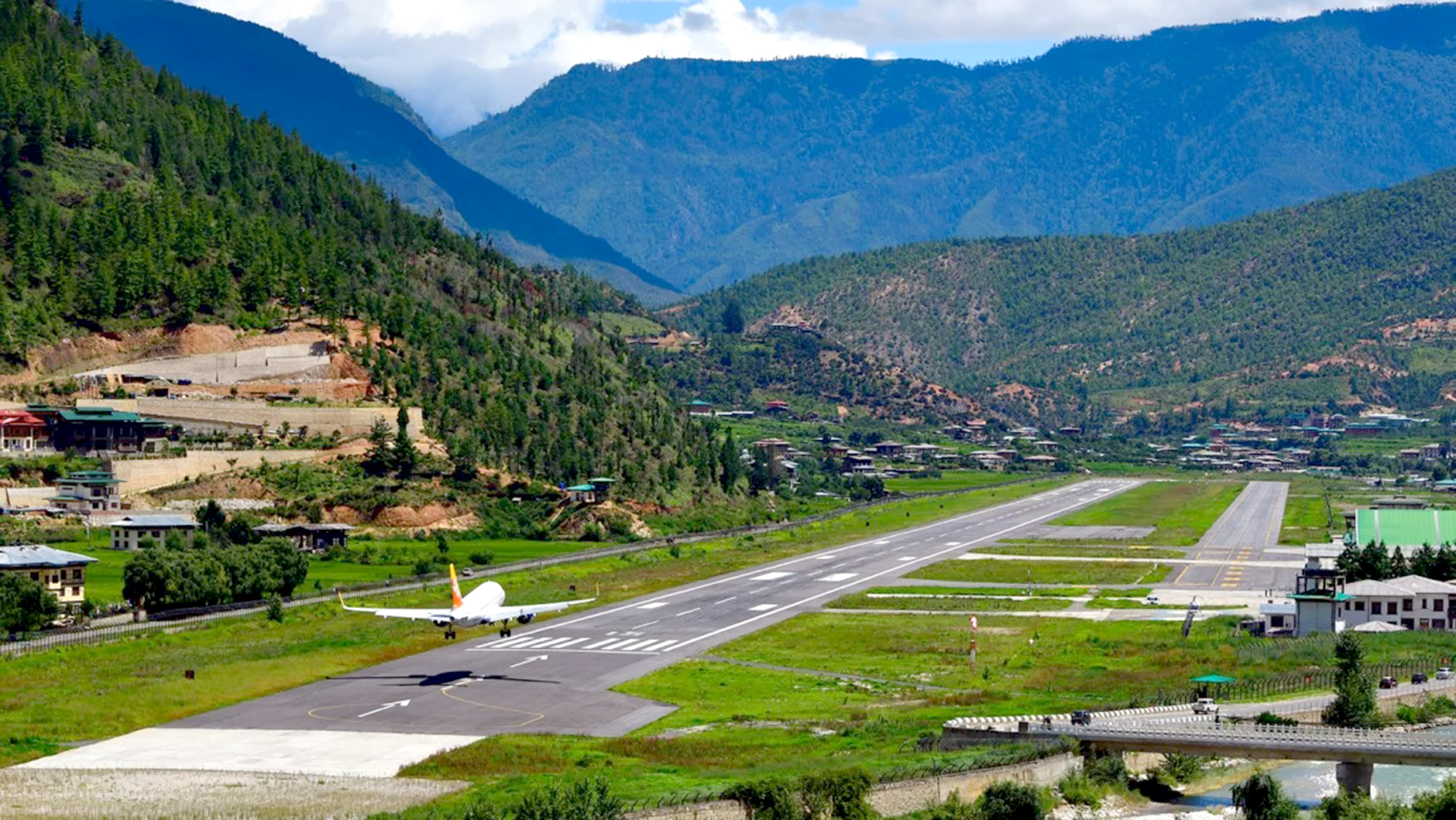
Paro Airport has a single runway 2,265m long. Photo: CNN.
According to Captain Chimi Dorji, who has more than 25 years of experience working for the national airline Druk Air, flying to Paro is a test of skill rather than something to be feared.
“It’s not dangerous, because if it was, I wouldn’t be flying,” he said. As a category C airport, pilots who want to land at Paro must undergo specialized training and must fly completely manually, as the airport is not equipped with radar.
What makes Paro special is not just the engineering, but the natural surroundings. Surrounded by rugged mountains, Paro requires pilots to know every detail of the terrain in the area. Any small mistake could lead to a dangerous situation, even landing on the roof of a nearby village. “We have to understand the local terrain and train the flight path thoroughly to ensure safety,” says Dorji.
Beware of the constantly changing climate
An even bigger challenge comes from the climatic conditions at Paro. Pilots are often encouraged to land before noon to avoid strong winds and adverse weather conditions such as rain and high temperatures. Additionally, night flights are completely banned at the airport due to the lack of radar support.
Paro also places high demands on its pilots when it comes to decision-making. Knowing when not to fly, or when to abort a flight to ensure safety, is an integral part of training. “We teach not only how to fly, but how to avoid flying when it’s not safe,” Dorji explains.
Changes are afoot in Bhutan’s aviation industry, however. A new airport, Gelephu, is planned for construction in the south of the country, near the Indian border. The terrain is much flatter, allowing for a longer runway that is better able to handle larger aircraft. Once Gelephu is operational, direct flights from North America, Europe, and the Middle East to Bhutan could become a reality, opening up new opportunities for tourism and economic growth for the country.
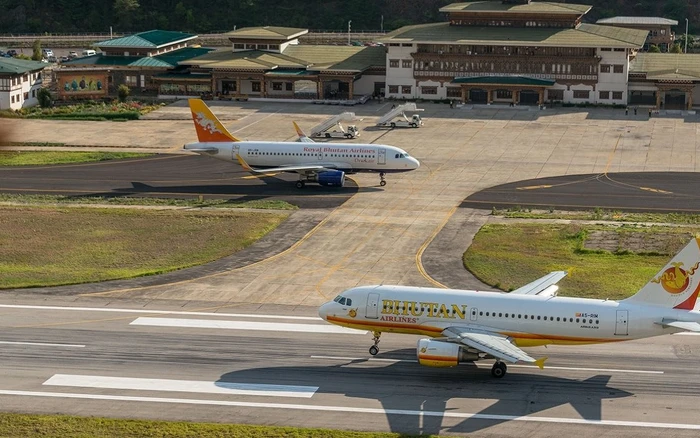
There are only 50 licensed pilots.
Bhutan's aviation industry is young but growing rapidly. Druk Air, the national airline, was established in 1981, much later than established carriers such as KLM, Qantas and Delta Airlines.
There are only a few dozen licensed pilots in Bhutan, but the country is working to train more young pilots locally rather than relying on foreign personnel. Selection requires not only skill but also the ability to fly safely in all of Bhutan’s weather conditions.
Dorji, in addition to being a pilot, is also responsible for training the next generation of pilots for Druk Air. At 45, he sees himself as a bridge between the old and new generations. “I believe the number of pilots in Bhutan can double in the next few years,” he shares, full of confidence in the future of the country’s aviation industry.
Thuy Linh (*Source: CNN Travel)
Source: https://giadinh.suckhoedoisong.vn/1-san-bay-duoc-coi-la-nguy-hiem-nhat-the-gioi-ca-the-gioi-chi-co-50-phi-cong-dam-ha-canh-tai-day-172250116073002755.htm







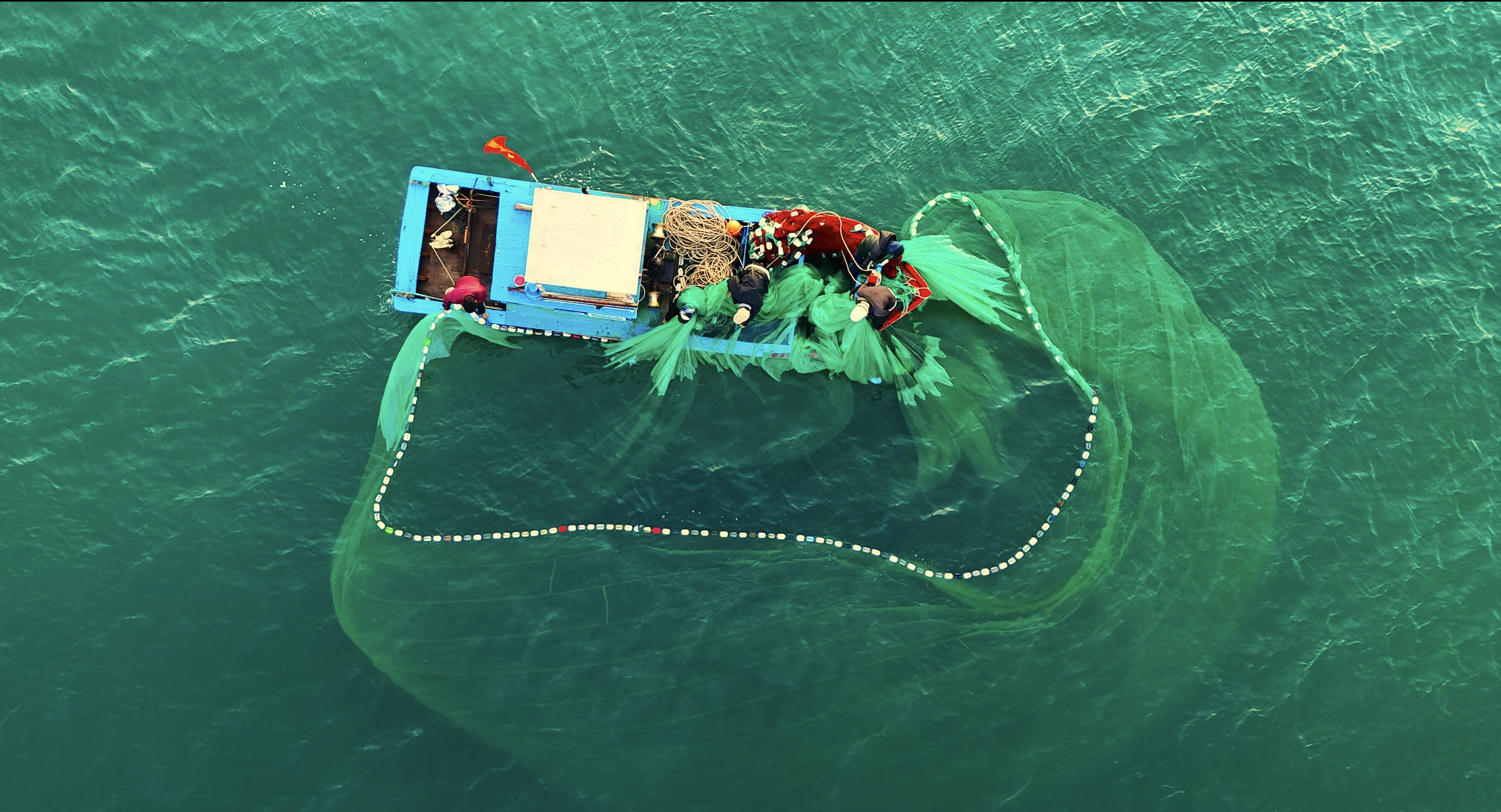




























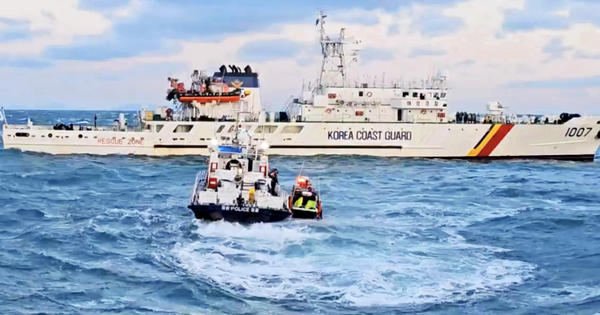

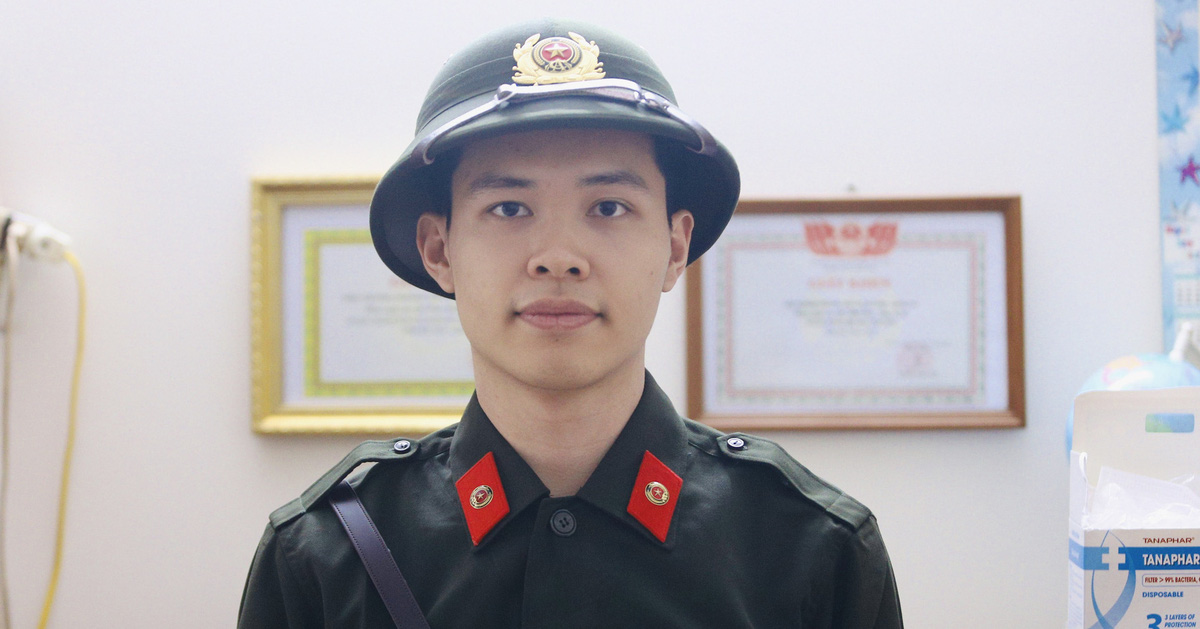






















Comment (0)